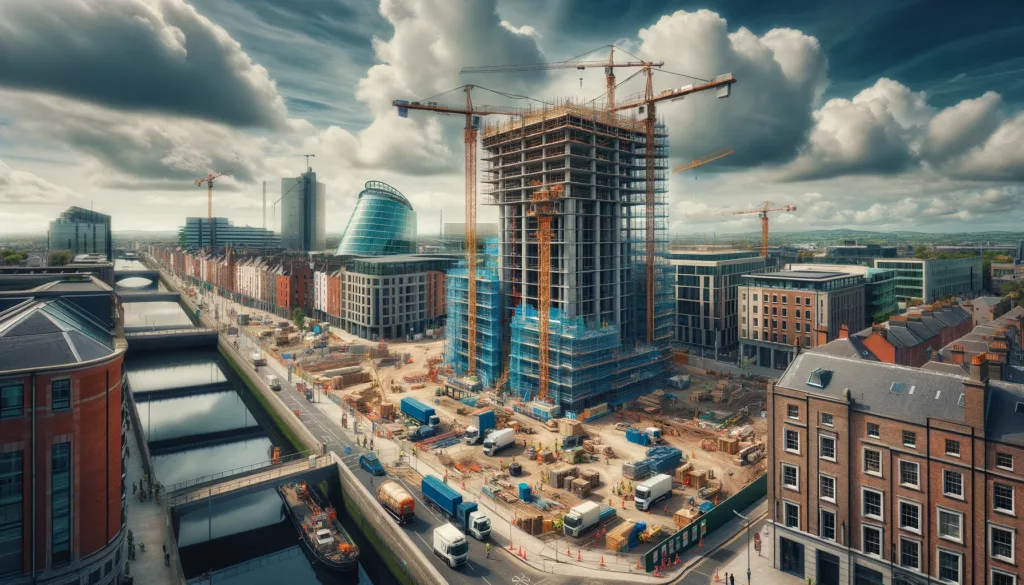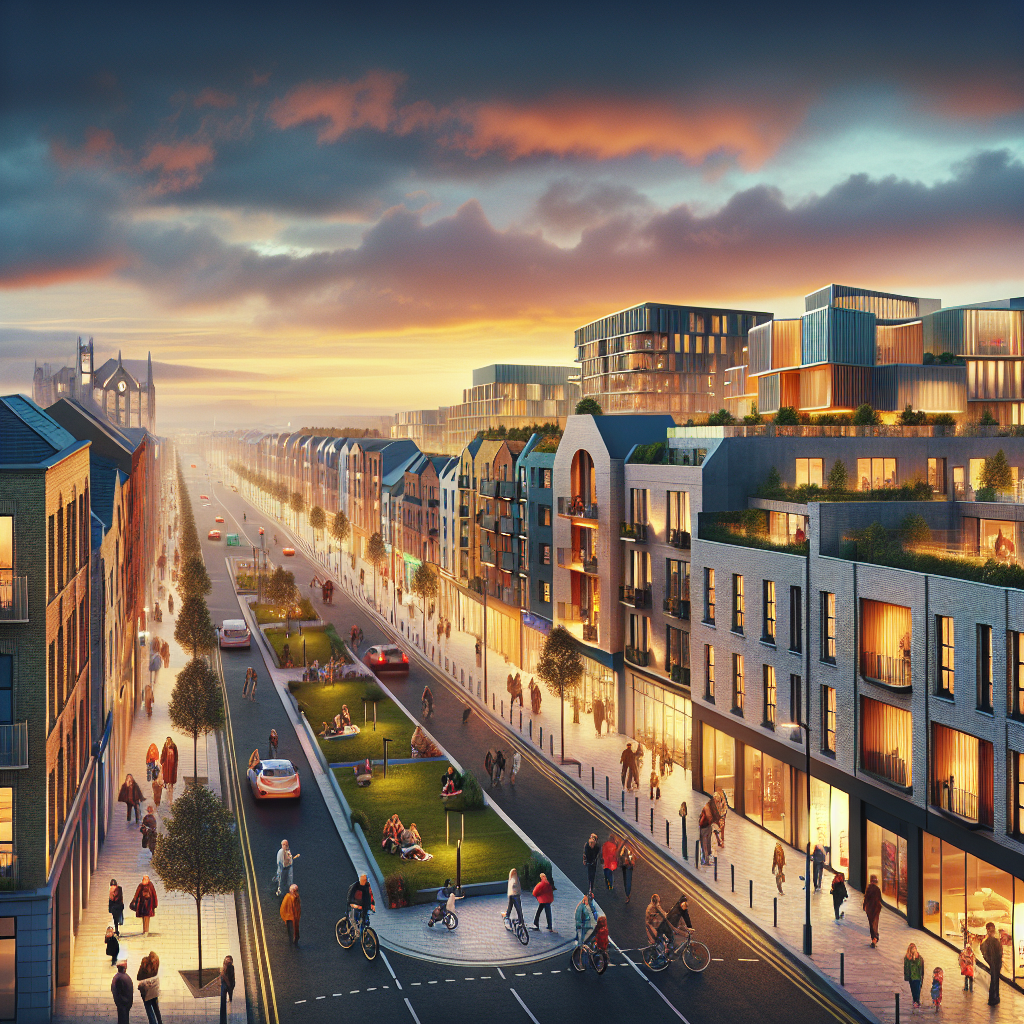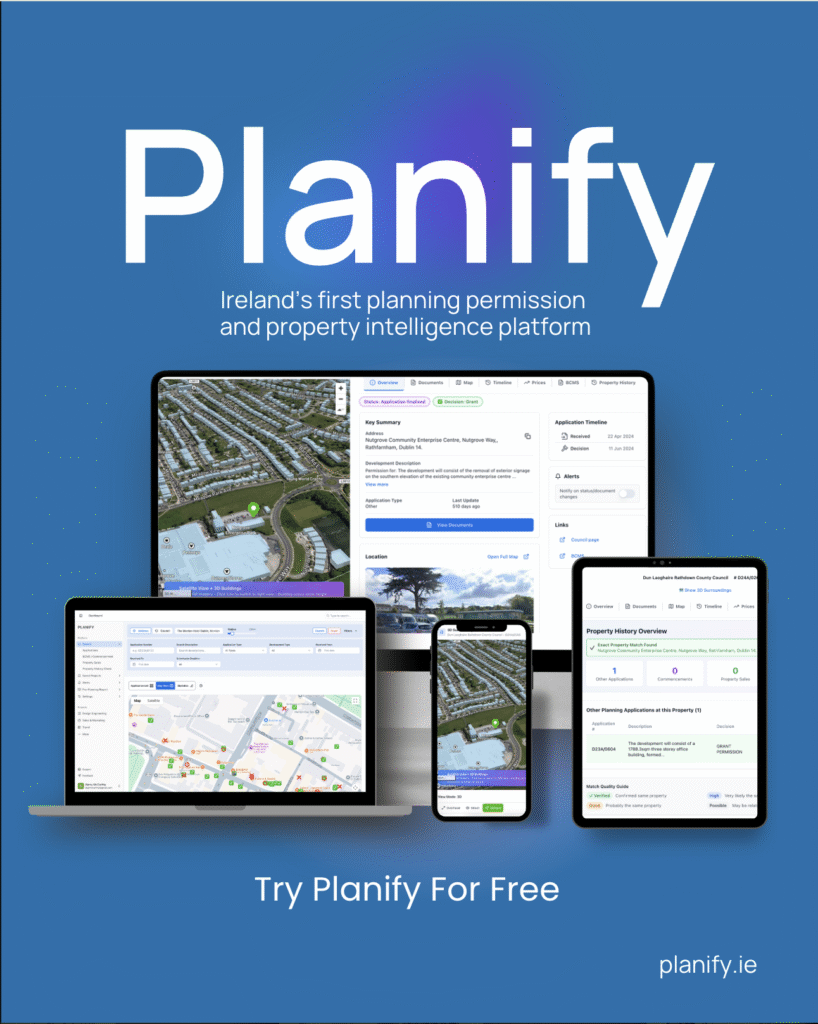An Bord Pleanála has denied planning permission for what would have been Dublin’s tallest building, proposed for the City Arts Centre site. The decision marks a significant setback for the developers and raises questions about the future of high-rise construction in the city.
The proposed development aimed to transform the City Arts Centre site into a landmark skyscraper, significantly altering Dublin’s skyline. The ambitious project included plans for a mixed-use building featuring residential, commercial, and cultural spaces. However, the planning authority’s decision reflects ongoing concerns about the impact of such developments on the city’s character and infrastructure.
The rejection is rooted in several key issues identified by An Bord Pleanála. Primary among these are concerns about the building’s height and scale, which were deemed incompatible with the surrounding area. The planning authority also highlighted potential negative impacts on local heritage sites and the overall visual amenity of the city.
Local residents and heritage groups had voiced strong opposition to the project, arguing that it would overshadow historic buildings and disrupt the architectural harmony of the area. Their concerns were echoed in An Bord Pleanála’s decision, which emphasised the need to preserve Dublin’s unique urban landscape.
The developers had argued that the skyscraper would provide much-needed housing and commercial space, contributing to the city’s economic growth. They also highlighted the project’s potential to create jobs during and after construction. Despite these arguments, the planning authority concluded that the negative impacts outweighed the potential benefits.
This decision comes amid a broader debate about the future of urban development in Dublin. As the city grapples with a housing crisis and increasing demand for commercial space, the question of how to balance growth with preservation has become increasingly pressing. High-rise buildings are often seen as a solution to these challenges, offering a way to increase density without expanding the city’s footprint. However, this approach is not without controversy, as evidenced by the rejection of the City Arts Centre proposal.
The outcome of this case may influence future high-rise projects in Dublin. Developers will need to consider the concerns raised by An Bord Pleanála and local communities when planning new developments. This may involve rethinking the scale and design of proposed buildings to ensure they are more in harmony with their surroundings.
In the wake of the decision, the developers have the option to revise their plans and submit a new application. Alternatively, they may choose to appeal the decision or explore other sites for their project. Whatever their next steps, the rejection of the City Arts Centre proposal serves as a reminder of the complex and often contentious nature of urban development in Dublin.
As Dublin continues to evolve, the challenge will be to find a balance between modernisation and preservation, ensuring that new developments enhance rather than detract from the city’s unique character. The decision by An Bord Pleanála underscores the importance of careful planning and community engagement in achieving this goal.
In conclusion, the rejection of the proposal for Dublin’s tallest building on the City Arts Centre site highlights the ongoing tensions between development and preservation in the city. It serves as a crucial reminder of the need for thoughtful, balanced approaches to urban planning that respect Dublin’s heritage while accommodating its growth.







